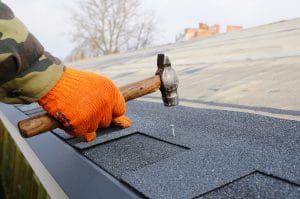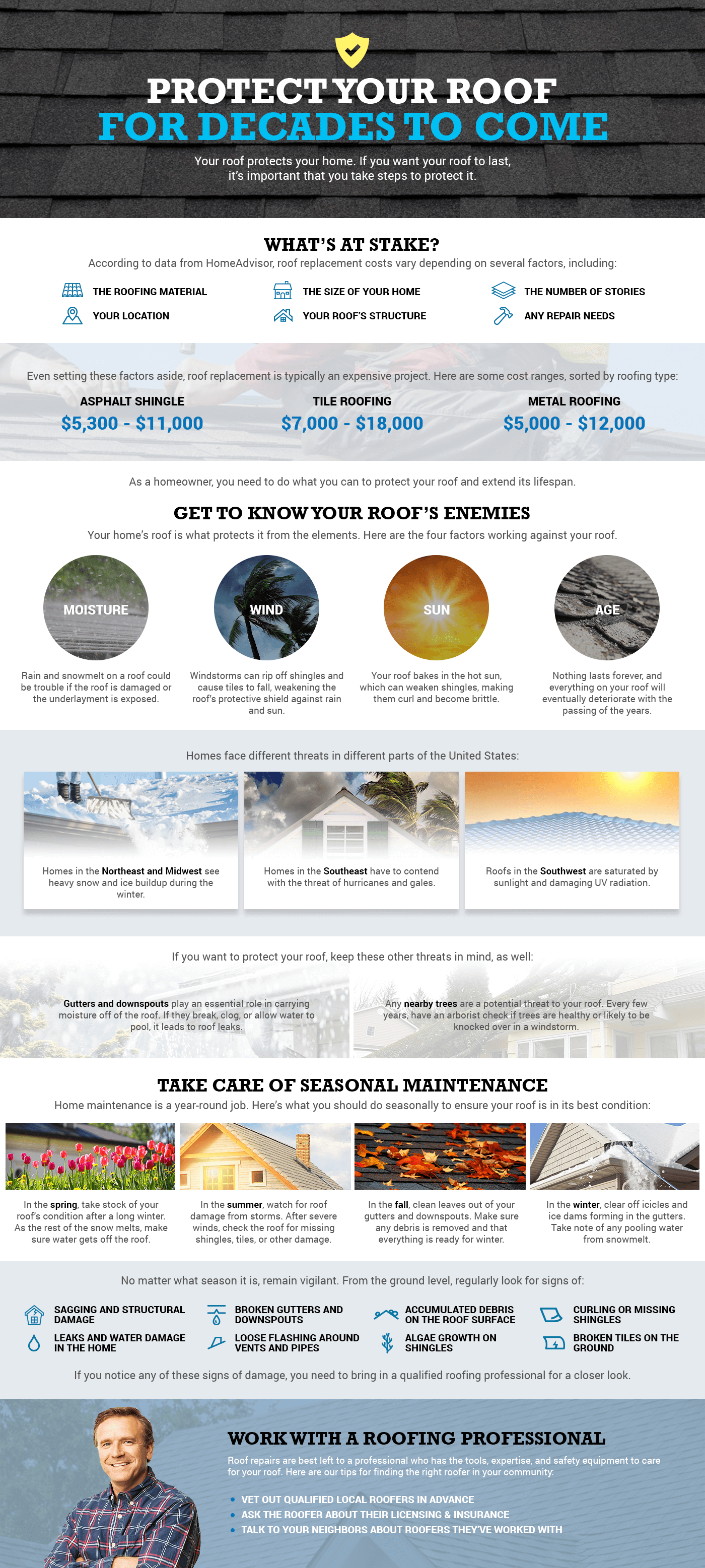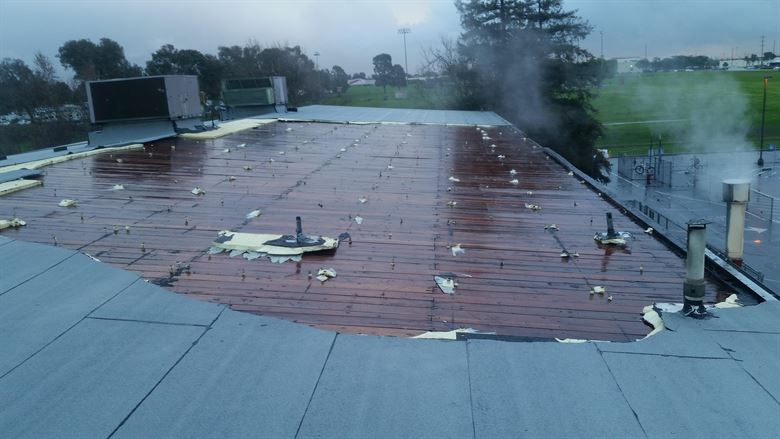Best Ways to Protect Your Roof and Extend Its Life
As every homeowner knows, taking care of a home is an around-the-clock job. There is no home maintenance checklist that just “ends”: there’s always something you can be doing to care for your home. Often, effective home maintenanceMaintenance is the routine care, inspection, and repair of a... More comes down to having the right priorities. If you can’t tackle everything, you need to focus on the most important projects first.
This includes caring for your roof. Many homeowners tend to take their roof for granted: they may see it every single day when they pull into the driveway, but they don’t invest much time into thinking about it until something goes wrong. There’s a better way. By being proactive and taking steps to care for and protect your roof, you can potentially avoid major, expensive issues and extend its lifespan.
Be proactive and vigilant
As part of your home maintenanceMaintenance is the routine care, inspection, and repair of a... More checklist, make a habit out of walking around the perimeter of your home and inspecting the shingles, gutters, and downspouts from the ground level. Take note of any signs of damage, such as fallen shingles on the ground or unlevel gutters. If you need to take a closer look, carefully use a ladder to get at eye level with your roof. Never climb out onto your roof: without the right safety equipment or training, you could put yourself and your roof in danger.
If you do notice any problems, call a professional roofing contractor immediately. Procrastination is the enemy of all roofs. What might seem like a minor problem in the spring can blossom into a full roof leak by the fall. Quick action can prevent major roofing repairs, which saves you money and helps extend the lifespan of your current roof.
Remove trees that may threaten your roof
Large shade trees help keep your home cool in the summer and beautify your yard. In some respects, they actually protect your roof by reducing sun and wind exposure. However, under the right conditions, they can pose a significant threat to your home.
First, you’ll need to cut down or trimTrim is the decorative or functional molding used to finish ... More branches that extend over the roof structureStructure refers to the framework or components of a buildin... More. In a storm, these branches can scrape up against the roof, damaging your shingles and potentially exposing the less-hardy underlayment to the elements. Wind and moisture can also cause these branches to snap off and fall onto the roof.
It doesn’t necessarily take a storm for overhanging tree branches to be a problem. In the fall, these branches will drop their leaves straight onto the roof structureStructure refers to the framework or components of a buildin... More and into your gutters and downspouts. If your gutters clog, it could leadLead is a heavy metal that can be toxic to humans, especiall... More to water pooling on the roof.
As trees age or contract diseases, their root structures often weaken, removing their solid anchor to the ground. The next storm that rolls in could be their last, potentially putting your roof—and your home—in the path of a falling tree. This can cause thousands of dollars in property damage. Now is the time to take action. Talk to a local arborist or tree care professional in your area and have them assess the health and stability of surrounding trees. If a tree is diseased or dying, having it removed now could spare you major stress and expense later.
Schedule an annual roof inspection or checkup
In addition to regularly checking out your own roof, you should also have a roofing contractor out to your home every year for a roof inspectionInspection is the careful examination and assessment of a pr... More or checkup. Many roofers offer this as a courtesy or low-cost service, and it can be your best weapon when it comes to protecting your roof. The trained eyes of an experienced roofer can spot minor issues before they become much larger problems. At the end of their inspectionInspection is the careful examination and assessment of a pr... More, your roofer should be able to provide you with a full review of your roof’s current state—including an assessment of how many years you have before you need to start thinking about replacing it.
Too many homeowners only think about their roof when something goes wrong, by which time it’s often too late to protect it. By being proactive and caring for your roof, you can add up to a decade to its overall lifespan, saving you thousands. To learn more about how you can go about protecting your roof and your home, take a look at this helpful infographic:














